Star Trek TNG Perfected A Sci-Fi Subgenre With One Episode
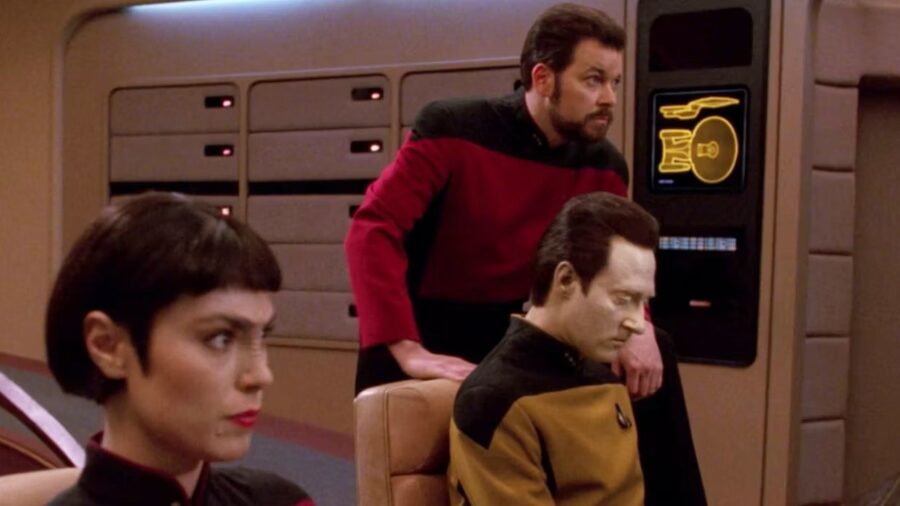
Fans everywhere know that Star Trek: The Next Generation is a nearly perfect show within the sci-fi genre, but would you believe that it effectively created a genre unto itself? In the episode “Cause and Effect,” we see Captain Picard and crew stuck in a strange time loop that keeps culminating with their explosive deaths. This Star Trek episode is amazingly entertaining in and of itself, but it also created a subgenre of time loop episodes that have been enthralling science fiction fans of various franchises for decades.
It Starts With A Bang
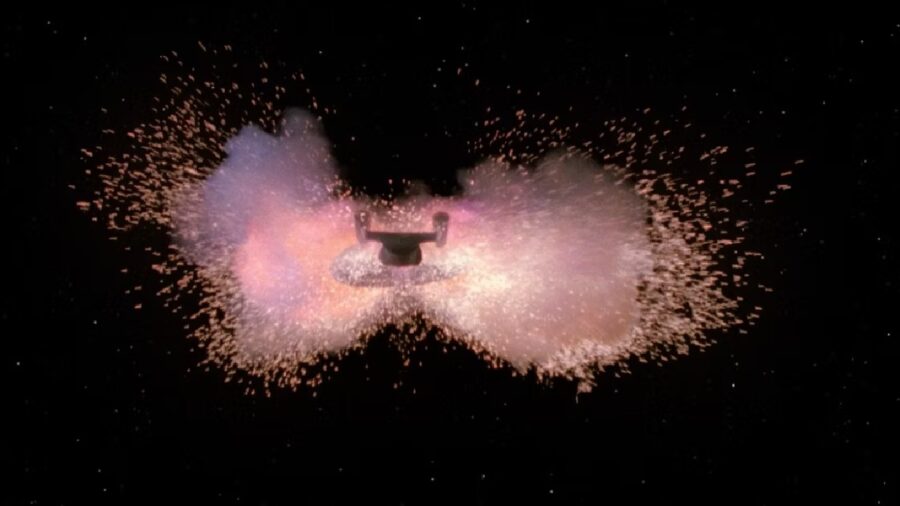
It’s hard to pick a favorite, but the Star Trek: The Next Generation episode “Cause and Effect” arguably had the best cold open of all time as we see the ship and all of its crew destroyed thanks to a collision with another vessel. After the credits, everyone is alive and well, and we find out that everyone has been unknowingly living the same day again and again.
Niles Was Busy
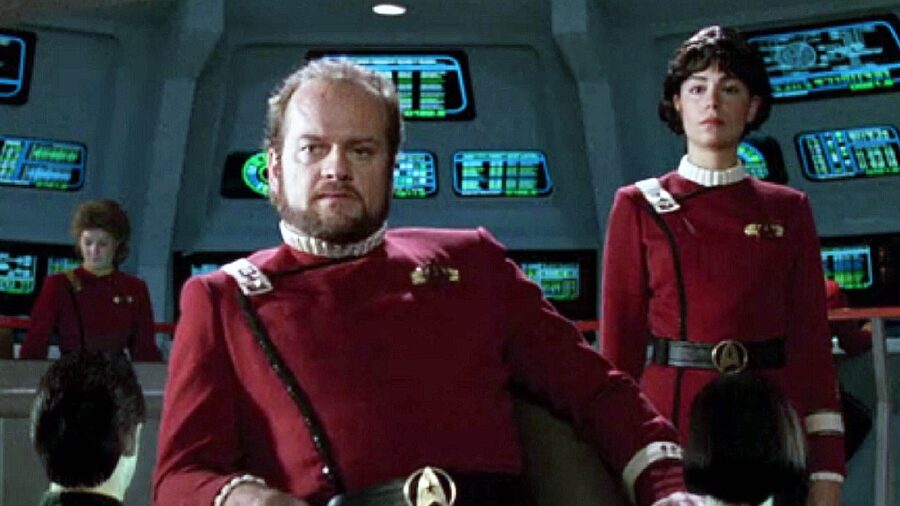
As the crew begins to suspect what is going on, they are able to send a simple message through time to the android Data. The message helps him break the time loop by trying a different strategy to avoid collision with an older Starfleet vessel stuck in the same temporal distortion. That vessel was captained by Frasier’s Kelsey Grammer, presumably because he heard those time loop blues calling with some tossed salads and scrambled memories.
The First Time Loop TV Episode Inspired Plenty Of Others
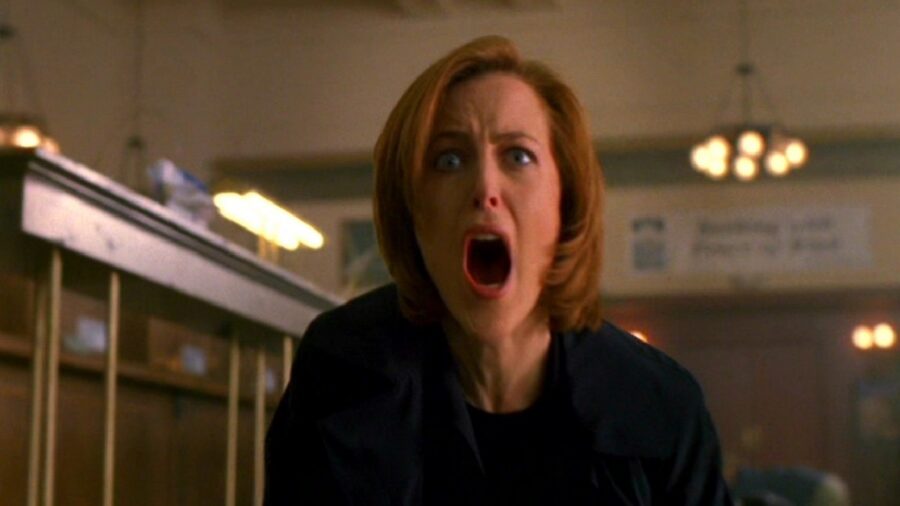
“Cause and Effect” premiered in 1992, and I suspect that none of the writers, producers, or cast realized they were making television history. Numerous other shows have sine tried their hand at the time loop episode, including The X-Files: the episode “Monday” has both Mulder and Scully dying spectacularly (and repeatedly) in a bomb explosion at a bank. This triggers a time loop that cannot be broken unless Mulder can somehow remember what is going to happen in subsequent loops and discover how to break the cycle.
It Inspired Superhero Time Loops…

While “Cause and Effect” was the episode that brought the time loop subgenre to television, it didn’t take long for superhero shows to make the most of the trope Star Trek made famous. For example, the Agents of S.H.I.E.L.D. episode “As I Have Always Been” had fan-favorite character Daisy stuck in a time loop where her ability to break out meant the difference between life and death for her fellow MCU agents. Furthermore, Legends of Tomorrow’s fittingly-named episode “Here I Go Again” gave a very direct homage to Star Trek by having Zari stuck in a simulated time loop where her ship the Waverider kept exploding, forcing her to solve the mystery in order to survive.
…And Urban Fantasy Time Loops
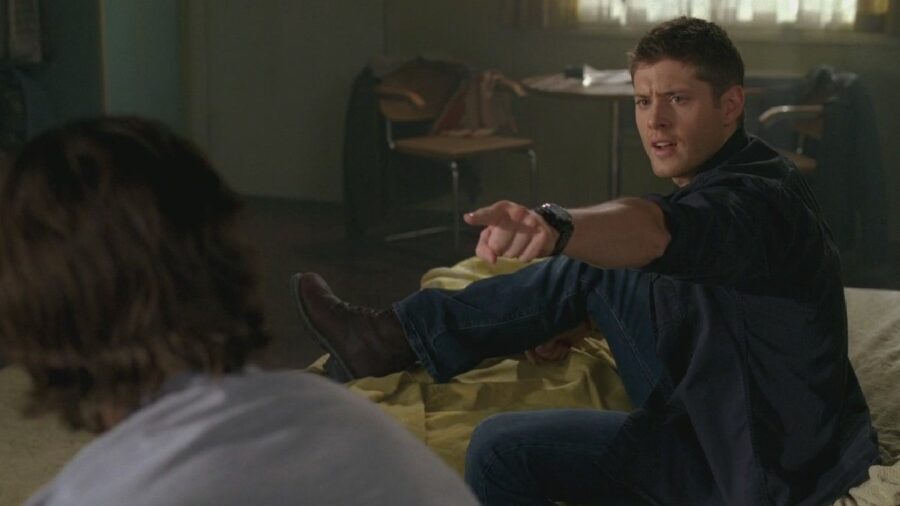
Interestingly, “Cause and Effect” even inspired one of the better episodes of Buffy the Vampire Slayer, albeit one from the worst seasons of the show. In Season 6’s “Life Serial,” Buffy’s nerdy nemeses Andrew, Jonathan, and Warren (big Star Trek fans, incidentally) force her to re-live her same first day at the Magic Box again and again, and she can only break the loop by satisfying an annoying customer. Meanwhile, Supernatural’s episode “Mystery Spot” features the monstrous Trickster killing Dean over and over to drive home to Sam that he can’t truly save his brother
Not To Mention Other Trek Time Loops
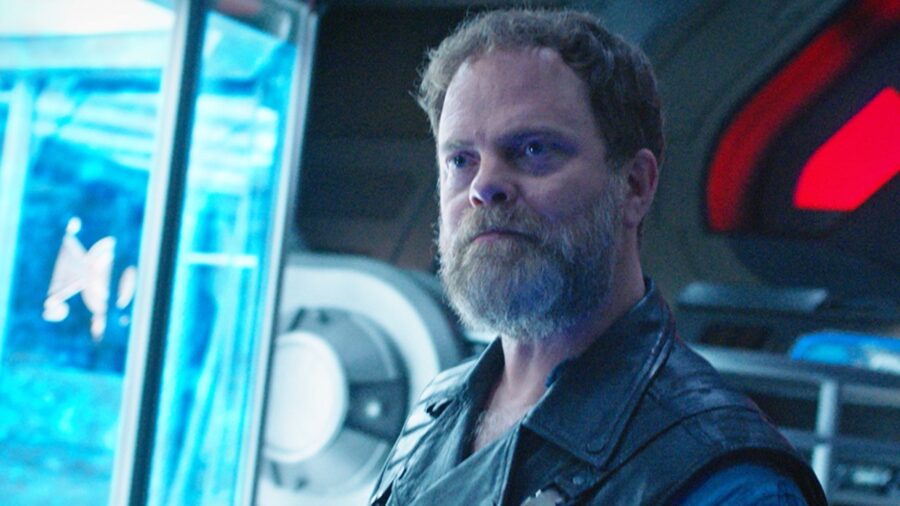
Speaking of killing beloved characters over and over, the genre created by “Cause and Effect” eventually came full circle with the Star Trek: Discovery episode “Magic to Make the Sanest Man Go Mad.” In it, Captain Kirk’s nemesis Harry Mudd shows up and traps the ship in a time loop so he can learn enough about it to sell it to the Klingons. He took a particular dislike to Lorca, and some of the episode’s most hilarious moments came from the increasingly creative ways he found to kill the captain.
.












